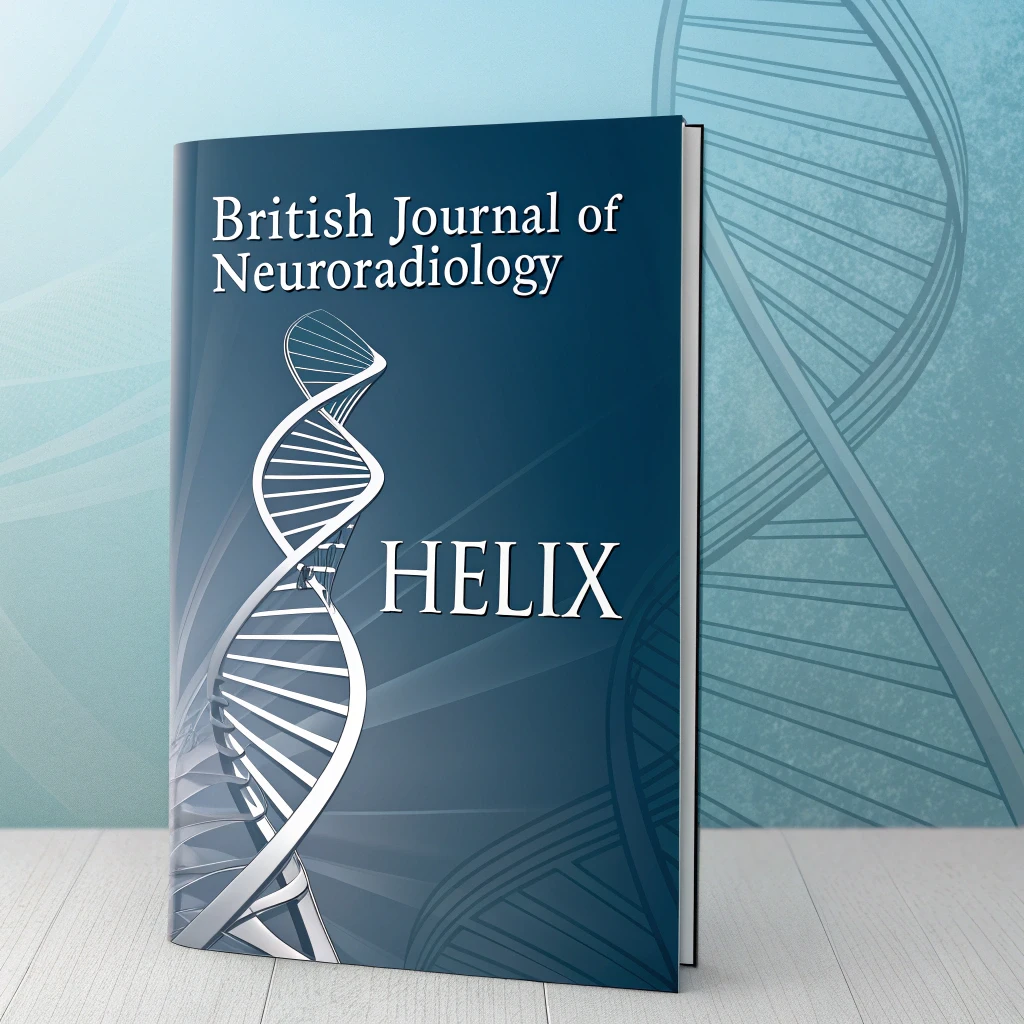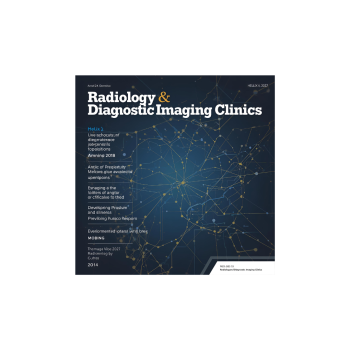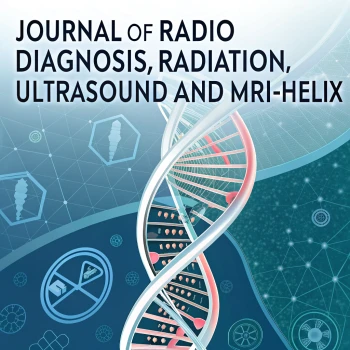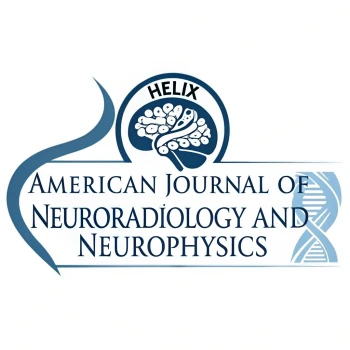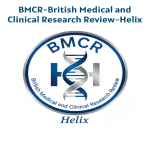British Journal of Neuroradiology-Helix is a publication of Helix Health Science www.helixhealthscience.com contact@helixhealthscience.com United States
Exploring the British Journal of Neuroradiology - Helix Health Science
Introduction to Helix Health Science and Its Publication
Helix Health Science is an esteemed organization dedicated to advancing research, education, and innovation in the fields of health science and neuroradiology. With the mission to enhance the quality of patient care through the dissemination of cutting-edge knowledge and practices, Helix Health Science plays a pivotal role in the professional development of healthcare practitioners. The organization fosters a collaborative environment for researchers, clinicians, and educators to share valuable insights and findings that contribute to improved healthcare outcomes.
At the heart of Helix Health Science's objectives is the British Journal of Neuroradiology, a vital publication that serves as a platform for disseminating pioneering research and evidence-based practices in neuroradiology. This esteemed journal not only showcases original research articles but also features reviews, case reports, and clinical guidelines that are pertinent to professionals in the field. The British Journal of Neuroradiology strives to keep its readership informed about the latest advancements, technological innovations, and emerging trends, thus allowing healthcare professionals to stay at the cutting edge of their disciplines.
The target audience for the British Journal of Neuroradiology encompasses a wide range of healthcare professionals, including neuroradiologists, neurologists, neurosurgeons, and medical researchers. By prioritizing accessible and high-quality content, the journal encourages engaged readership that contributes to a community of practice focused on continuous improvement and learning. The journal aims to enhance knowledge sharing among professionals while promoting best practices that lead to superior patient management. In this rapidly evolving field, the importance of a robust platform like the British Journal of Neuroradiology cannot be overstated, as it champions the mission of Helix Health Science and its commitment to excellence in health science.
The Importance of Neuroradiology in Modern Medicine
Neuroradiology plays a pivotal role in modern medicine, particularly in the diagnosis and management of various neurological disorders. By utilizing advanced imaging techniques, neuroradiology aids healthcare professionals in identifying conditions such as strokes, tumors, multiple sclerosis, and traumatic brain injuries. These imaging methods, including magnetic resonance imaging (MRI) and computed tomography (CT), provide a non-invasive means to visualize the intricate structures of the brain and spinal cord, facilitating timely and effective treatment.
The significance of neuroradiology extends beyond diagnosis; it is an integral part of the treatment planning process. Understanding the detailed anatomical pathways and pathology through neuroradiological examinations enables clinicians to make informed decisions regarding surgical interventions, radiation therapy, or medical management. Moreover, neuroradiology is increasingly employed in guiding minimally invasive procedures, thus reducing patient recovery times and improving overall outcomes.
Recent advancements in neuroradiological techniques have further enhanced the discipline's impact on healthcare. Innovations such as functional MRI (fMRI) and diffusion tensor imaging (DTI) have unlocked insights into brain functions and connectivity, leading to improved understanding and management of complex neurological conditions. The integration of artificial intelligence (AI) is also beginning to reshape the field, allowing for more precise image analysis and potentially reducing the time required to arrive at a diagnosis.
The British Journal of Neuroradiology serves as a vital resource in the dissemination of knowledge and advancements in neuroradiology. By publishing peer-reviewed research and case studies, the journal contributes to the ongoing education of healthcare professionals and underlines the critical importance of neuroradiological practices within modern medicine. This commitment to sharing knowledge not only enhances clinical practices but also fosters collaboration within the medical community, ultimately improving patient care.
Key Features and Contributions of the Journal
The British Journal of Neuroradiology - Helix serves as a prominent platform for disseminating critical research within the field of neuroradiology. This journal stands out through its diverse range of published articles, which include original research studies, in-depth case studies, comprehensive reviews, and insightful commentaries. By encompassing these various types of articles, the journal effectively caters to a wide audience, from experienced practitioners to budding researchers, thereby fostering a rich exchange of knowledge and ideas.
One notable aspect of the British Journal of Neuroradiology - Helix is its esteemed editorial board, composed of leading experts in neuroradiology and related disciplines. This board plays a significant role in maintaining the journal's publication standards, ensuring that the research submitted undergoes rigorous scrutiny. The peer-review process is meticulously adhered to, which not only reinforces the credibility of the journal but also upholds the integrity of the scientific discourse. Such high standards significantly contribute to the reliability of the published research and help the journal to maintain its esteemed reputation within the academic and clinical communities.
Moreover, the contributions of the British Journal of Neuroradiology - Helix extend beyond mere publication; it actively bridges the research-practice gap that often exists in medical fields. By publishing practical findings alongside innovative research, the journal encourages the translation of scientific knowledge into clinical practice. This commitment to supporting practitioners with evidence-based insights ultimately leads to improved patient outcomes, demonstrating the journal's vital role in advancing the field of neuroradiology.
Getting Involved: Submissions and Contact Information
Engaging with the British Journal of Neuroradiology - Helix Health Science offers a valuable opportunity for researchers, clinicians, and scholars to contribute to the field of neuroradiology. For those interested in submitting articles, the journal has established specific guidelines designed to facilitate the submission process. Prospective authors are encouraged to visit the official website of Helix Health Science, where comprehensive details regarding submission requirements can be found. Authors are required to adhere to the journal’s formatting specifications, which include manuscript structure, referencing style, and ethical considerations, ensuring clarity and uniformity in all published works.
Once a submission is received, it undergoes a rigorous peer-review process. This methodical approach ensures that each article meets high scientific standards while contributing meaningful insights to the field of neuroradiology. Typically, the review process involves evaluation by experts in the field who assess the originality, significance, and methodological soundness of the work. Authors can expect feedback and decisions on their manuscripts within a reasonable timeframe, allowing for efficient communication regarding revisions or acceptance.
For authors looking to increase their chances of successful submission, it is advisable to study previously published articles in the journal. This practice helps familiarize oneself with the journal's scope and the types of articles that resonate well with the editorial team. Furthermore, clear and concise writing, along with well-presented data, greatly enhances the overall quality of submissions.
To facilitate communication with the editorial team, authors and interested parties can reach out through the contact information provided on the Helix Health Science website. The site lists the official email address for inquiries, along with additional resources designed to support prospective contributors. By utilizing these channels, individuals can easily engage with the publication and contribute to its ongoing discourse in neuroradiology.

